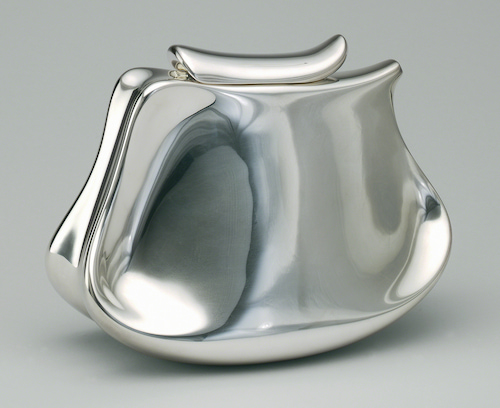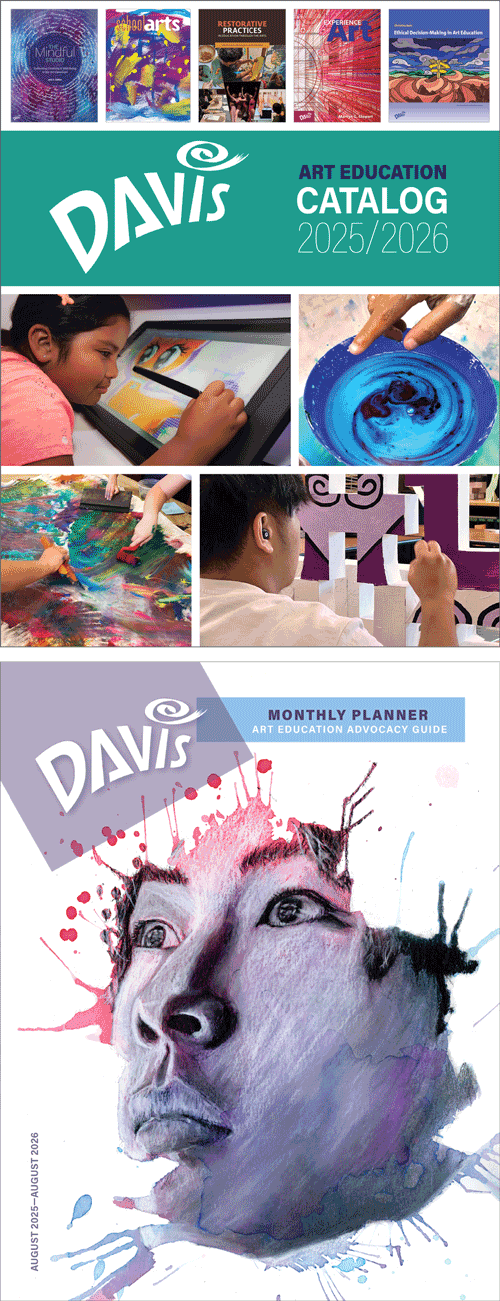Artist Birthday: Chunghi Choo
Chunghi Choo works in the ages-old tradition of gold or silver overlay on copper vessels. Like other far Eastern cultures, Korea had a great reverences for all art forms, including those considered “craft” in the West. Choo’s process reflects a tradition that goes back to the Goryeo Kingdom.
Artist birthday for 23 May: Choo Chunghi (born 1938, United States, born Korea)
Chunghi Choo is a major contemporary metal artist who is continuing the artistic traditions in Korean metalwork.
 |
| Choo Chunghi, Decanter, 1980. Silverplated copper, 14.9 x 19.7 x 10.8 cm. The Museum of Modern Art, New York. © 2025 Chunghi Choo. (MOMA-D0122) |
In 1971 Choo learned the art of electro-forming (adhering a precious metal over a base metal) at the Tyler School of Art in Philadelphia, and subsequently established a department of electro-forming at the University of Iowa. Although her metal vessels are sleekly modern in their contours, they are traditional in the process of layering metal over metal, and preserve the dignity of the vessel that is so much a part of Korean tradition in metalwork. At the same time, the combination of sculptural form with a utilitarian object is a classic goal of the education at the Bauhaus and Cranbrook Academy.
Sophisticated casting and decorating techniques in metalwork seems to have developed in Korea by the 300s to 500s CE. Like woodwork and ceramics, metalwork occupied a central role in the history of Korean arts. In the early periods, spiritual and political roles were not separate, so both weapons and ritual vessels were made of metals such as bronze, iron and copper. By the 500s, precious-metal articles were buried in tombs.
While precious metals had been used in the objects found buried in tombs, during the Three Kingdoms (57 BCE–668 CE) and Unified Silla period (668–935 CE) metal artists began to rely on more practical materials such as copper and iron. By the time of the Goryeo Kingdom (918-1392), utilitarian as well as religious and luxury metalwork were being produced in copper. The art of gold and silver overlay on copper became advanced during this time. Although the Joseon period signaled a decline in the art of Korean metalwork, several contemporary artists have brought the medium back to prominence.
Chunghi Choo has played a major role in the contemporary metal arts movement. She brings the traditional Korean respect and veneration of materials to modern utilitarian and decorative forms of metalwork. Choo uses the traditional technique of overlaying copper vessels with silver.
Born in Inchon, as a child, Choo already had an appreciation and aptitude for drawing, and a love of art and classical music. She studied at Ewha Women's University in Seoul where she obtained her bachelors. Moving to the US in 1961, she attended Penland School of Crafts in North Carolina, and subsequently the Cranbrook Educational Community in Bloomfield Hills, Michigan, a premier school dedicated to the miscellaneous arts. She studied metal smithing, weaving and ceramics. Since 1968 she has taught at the University of Iowa, and is head there of the jewelry and metals department.
Correlations to Davis programs: The Visual Experience 3E, Chapter 4 Shape and Form, 4.5 -- Art Criticism Step by Step, A Contemporary Metalwork; Davis Collections - Korean Art; Davis Collections - Contemporary Design

Comments